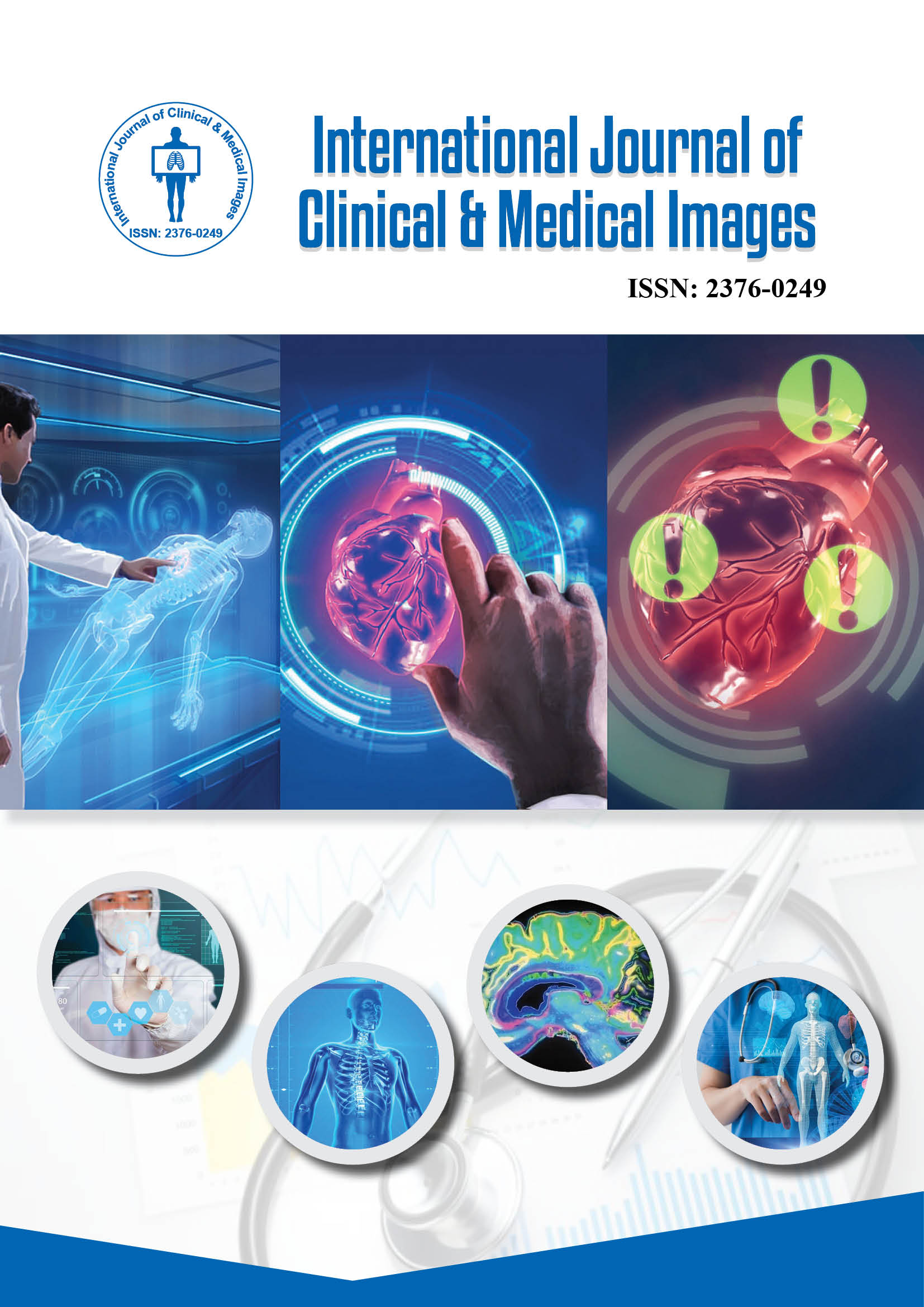2376-0249
Editorial - International Journal of Clinical & Medical Images (2025) Volume 12, Issue 1
Author(s): Riva Morrison
Imaging has become an indispensable component of modern oncology, transforming the way cancers are detected, characterized, staged and monitored. As cancer continues to represent one of the most significant global health challenges, the integration of advanced imaging techniques into clinical practice has dramatically improved diagnostic precision, guided therapeutic decisions and enabled personalized patient management. From the early detection of malignancies to the assessment of treatment response, imaging serves as the visual language of oncology translating complex biological processes into observable patterns. The evolution of modalities such as Computed Tomography (CT), Magnetic Resonance Imaging (MRI), Positron Emission Tomography (PET) and hybrid imaging systems has made tumor visualization more accurate, allowing clinicians to map cancer spread and tailor treatment strategies to individual patients [1].
CT remains a cornerstone of oncologic imaging due to its ability to rapidly acquire detailed cross-sectional images of the body. It provides valuable information about tumor size, location, morphology and the involvement of surrounding structures. Contrast-enhanced CT scans enhance lesion visibility, allowing accurate staging and evaluation of metastases. For example, in lung and gastrointestinal cancers, CT imaging helps assess nodal involvement and detect distant spread, forming the basis of surgical and radiotherapy planning. The techniqueâ??s speed, availability and high spatial resolution make it indispensable for baseline evaluation and follow-up examinations. Despite the associated exposure to ionizing radiation, CT continues to play a leading role in routine oncologic imaging, particularly in treatment response monitoring and progression assessment [2].
Moreover, Artificial Intelligence (AI) and radiomics are emerging as transformative tools in this domain. By extracting quantitative data from imaging studies, AI algorithms can detect subtle textural and morphological patterns invisible to the human eye, enabling early diagnosis, prognostic assessment and treatment optimization. These technologies are paving the way toward predictive oncology, where imaging serves not only as a diagnostic tool but also as a biomarker of disease behavior. In clinical practice, the integration of imaging modalities has led to a more comprehensive approach to cancer care. Multidisciplinary tumor boards now rely heavily on radiologic findings for staging, restaging and treatment planning. The dynamic nature of modern imaging allows real-time evaluation of therapeutic outcomes, facilitating adaptive strategies such as modifying radiation doses or switching chemotherapy regimens based on response. Beyond its diagnostic role, imaging has become a bridge between precision medicine and clinical oncology linking molecular profiles with visual phenotypes to design personalized treatment pathways.
Oncologic Imaging, Tumor Mapping, PET-CT
None.
None.
Google Scholar Cross Ref Indexed at
 Awards Nomination
Awards Nomination

